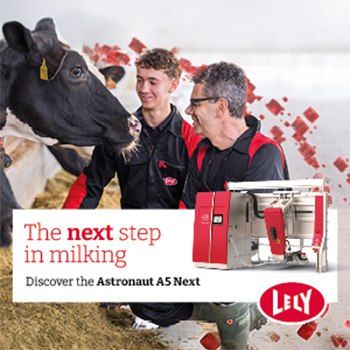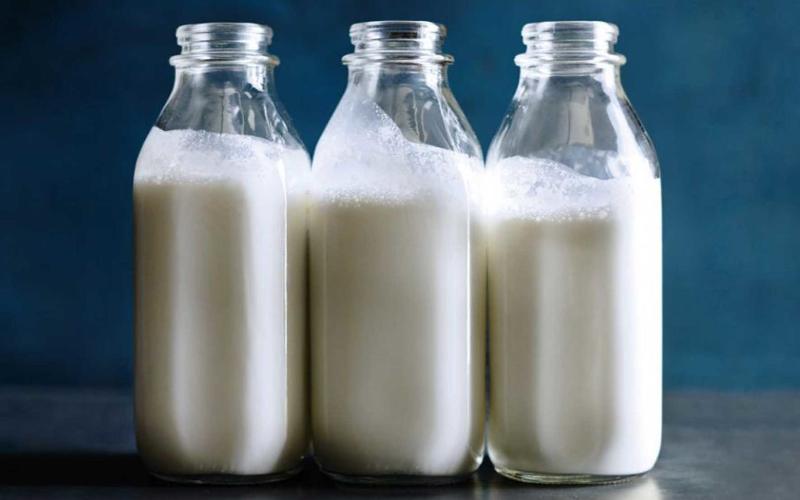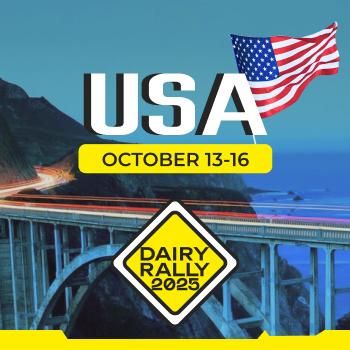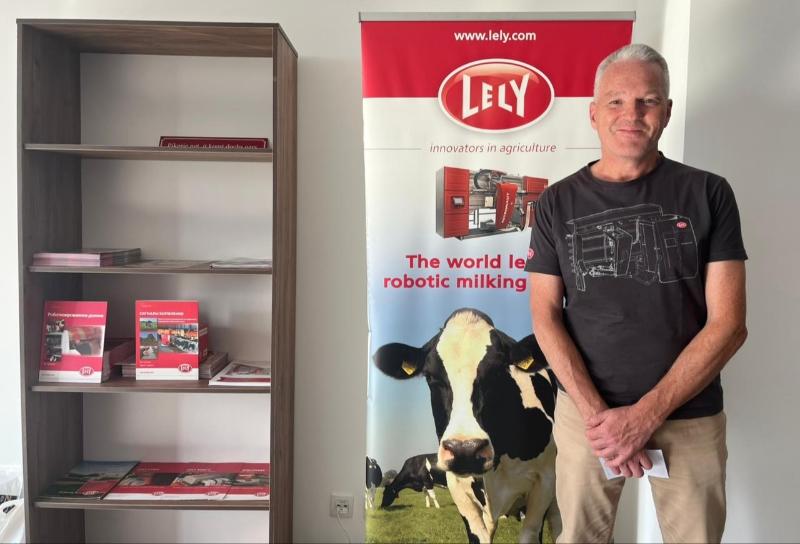Safety and Flavor of Raw-Milk Cheese in the Spotlight
Sourse: The DairyNews
The recent E. coli outbreak linked to RAW FARM's cheddar cheese has ignited concerns about the safety of consuming raw-milk cheese.
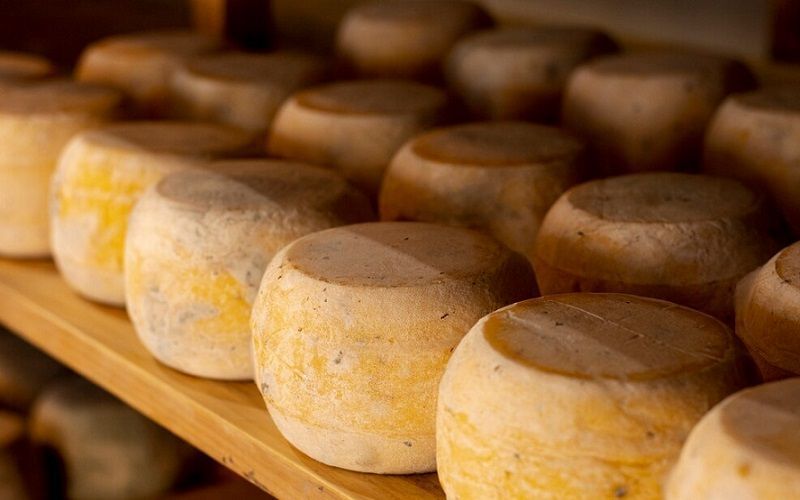
While enthusiasts praise its distinctive flavors, questions linger regarding health risks associated with unpasteurized dairy products. Here's a closer look at the making, regulation, and safety of raw-milk cheese:
1. How Raw-Milk Cheese Is Made and Regulated:
Raw-milk cheese production involves skipping pasteurization, a process introduced by Louis Pasteur in 1862 to sterilize milk. Some U.S. dairies, like Mecox Bay Dairy, adhere to traditional methods, emphasizing natural microbial cultures for fermentation.
The U.S. FDA mandates a 60-day aging requirement for raw-milk cheeses, implemented in 1950. This aging period aims to allow salts and acids to break down potential pathogens. However, recent studies indicate that some bacteria may persist even beyond this duration.
2. The Appeal of Raw-Milk Cheese:
Raw-milk cheese's resurgence in popularity is attributed to marketing strategies highlighting its less processed, nutrient-rich qualities. Advocates argue that pasteurization depletes the cheese of original flavors present in raw-milk varieties.
The trend aligns with a growing demand for authenticity and a perception of raw-milk cheese as a healthier, high-end choice.
3. Safety Concerns and Recent Outbreak:
The recent E. coli outbreak associated with RAW FARM's cheddar cheese has raised safety concerns. Eleven cases across multiple states were reported, with five hospitalizations. RAW FARM voluntarily recalled its products, and investigations are ongoing.
Despite strict food safety protocols, the inherent risk of microbial contamination in raw milk poses challenges for producers. Contamination incidents, even with rigorous testing, underscore the unpredictability of the cheese-making process.
4. Expert Perspectives on Consumption:
Cornell University professor Mark Wiedmann advises caution, especially for vulnerable groups like children, the elderly, pregnant individuals, and those with weakened immune systems. He emphasizes that the potential health risks may outweigh perceived benefits.
While acknowledging risk assessments are subjective, occasional indulgence in hard, aged raw cheeses is suggested. Context, such as the setting and type of cheese, may influence consumption decisions.
Conclusion:
The safety and flavor of raw-milk cheese continue to be debated, with enthusiasts celebrating its unique characteristics, and experts emphasizing the importance of informed choices. The recent outbreak underscores the ongoing challenges in ensuring the safety of unpasteurized dairy products. As consumers navigate their preferences, balancing taste preferences with health considerations remains crucial.
1. How Raw-Milk Cheese Is Made and Regulated:
Raw-milk cheese production involves skipping pasteurization, a process introduced by Louis Pasteur in 1862 to sterilize milk. Some U.S. dairies, like Mecox Bay Dairy, adhere to traditional methods, emphasizing natural microbial cultures for fermentation.
The U.S. FDA mandates a 60-day aging requirement for raw-milk cheeses, implemented in 1950. This aging period aims to allow salts and acids to break down potential pathogens. However, recent studies indicate that some bacteria may persist even beyond this duration.
2. The Appeal of Raw-Milk Cheese:
Raw-milk cheese's resurgence in popularity is attributed to marketing strategies highlighting its less processed, nutrient-rich qualities. Advocates argue that pasteurization depletes the cheese of original flavors present in raw-milk varieties.
The trend aligns with a growing demand for authenticity and a perception of raw-milk cheese as a healthier, high-end choice.
3. Safety Concerns and Recent Outbreak:
The recent E. coli outbreak associated with RAW FARM's cheddar cheese has raised safety concerns. Eleven cases across multiple states were reported, with five hospitalizations. RAW FARM voluntarily recalled its products, and investigations are ongoing.
Despite strict food safety protocols, the inherent risk of microbial contamination in raw milk poses challenges for producers. Contamination incidents, even with rigorous testing, underscore the unpredictability of the cheese-making process.
4. Expert Perspectives on Consumption:
Cornell University professor Mark Wiedmann advises caution, especially for vulnerable groups like children, the elderly, pregnant individuals, and those with weakened immune systems. He emphasizes that the potential health risks may outweigh perceived benefits.
While acknowledging risk assessments are subjective, occasional indulgence in hard, aged raw cheeses is suggested. Context, such as the setting and type of cheese, may influence consumption decisions.
Conclusion:
The safety and flavor of raw-milk cheese continue to be debated, with enthusiasts celebrating its unique characteristics, and experts emphasizing the importance of informed choices. The recent outbreak underscores the ongoing challenges in ensuring the safety of unpasteurized dairy products. As consumers navigate their preferences, balancing taste preferences with health considerations remains crucial.
Key News of the Week

